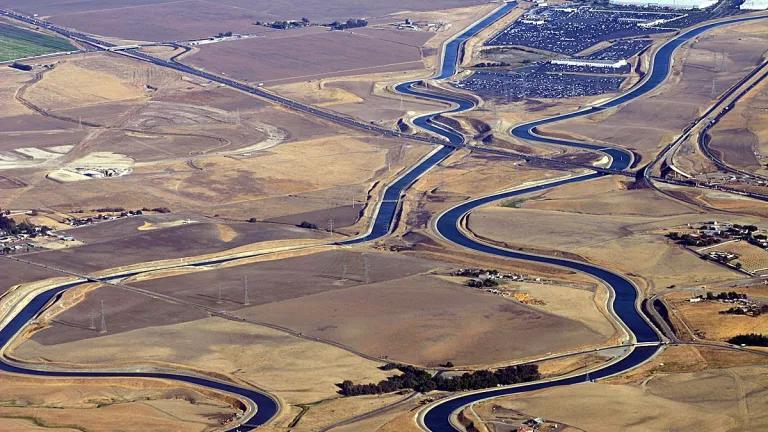Citing Harms to Kids, Leading Scientists and Healthcare Professionals Call for Ban on Dangerous Pesticide

In a letter to the U.S. Environmental Protection Agency (EPA), a group of over 60 scientists, pediatricians, nurses and clinicians supported the proposal to ban the neurotoxic pesticide chlorpyrifos from use on food. The signers include researchers who led studies finding associations between early-life exposures to chlorpyrifos and serious harms to children such as reductions in IQ and developmental delay. The letter signers are especially concerned because these neurological effects "appear to be permanent, irreversible, and lifelong."
Signers also include clinicians that serve agricultural communities where people are on the front lines of chlorpyrifos exposures. Year after year, chlorpyrifos continues to be a leading cause of pesticide-related illness and poisonings, especially for farm workers. This is consistent with what EPA found in their December 2014 safety assessment-- that farm workers could be exposed to dangerous levels of chlorpyrifos in over 100 activities they routinely perform on the job. But a year later, EPA has yet to take any measures that would prevent the ongoing, unsafe chlorpyrifos exposures faced by agricultural workers.
EPA's proposal to ban chlorpyrifos food uses is the result of a 2007 petition by NRDC and others. The ban proposal came following a court order to respond to the petition after years of delay that the court called "egregious."
January 5, 2016 marked the end of EPA's comment period on the ban proposal. Over 80,000 individuals wrote to EPA in support of the ban rule. In addition to these comments and the scientists' letter, EPA received technical comments from NRDC, Earthjustice and other groups urging EPA to move forward with the ban as proposed, instead of weakening the rule to allow some uses of chlorpyrifos to continue. The groups also highlighted ongoing concerns, detailed in previous comments, over EPA's inadequate assessment of chlorpyrifos harms to children and exposures to people in agricultural communities.
Unsafe amounts of chlorpyrifos in drinking water featured prominently in EPA's decision to propose a chlorpyrifos food use ban. Next, the agency has stated that it will complete further analysis of drinking water contamination and how chlorpyrifos might harm infants and children. According to the court order, EPA must make a final decision on the ban by the end of 2016.
Meanwhile, troubling data continues to emerge from California, where over a million pounds of chlorpyrifos are used every year on the state's crops. In 2013 (the latest year for which data are available), there was a big jump in chlorpyrifos use in California. New studies indicate that in addition to their brains, children's lungs may also be at risk from chlorpyrifos. Researchers found greater risks for asthma-like symptoms or decreased lung function in kids associated with exposures to pesticides including chlorpyrifos.
Californians are still waiting for the chlorpyrifos safety assessment the state Department of Pesticide Regulation promised to complete in 2015. We hope this assessment will follow the science and result in strong action at the state and federal levels to protect California's workers and children.



